
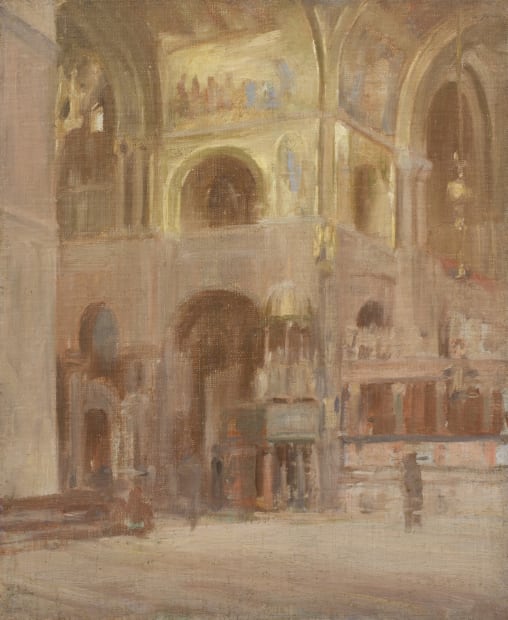
Alongside Dieppe and Camden Town, Venice was a metropolis of outstanding artistic importance to Walter Sickert. It was during the unravelling of his first marriage to Ellen Cobden, a woman twelve years his senior, that he took to the continent and began a decade-long artistic relationship with the townscape of Venice. His first visit lasted for much of the period between May 1895 and September 1896, and he returned there frequently until 1905 when he settled in London. Between 1895 and 1905, his chief subject was the façade of St Mark’s Cathedral viewed from the Piazza, but he also painted Sta Maria del Salute, the Bridge of Sighs, and the former Scuole Grande di San Marco among many other places.

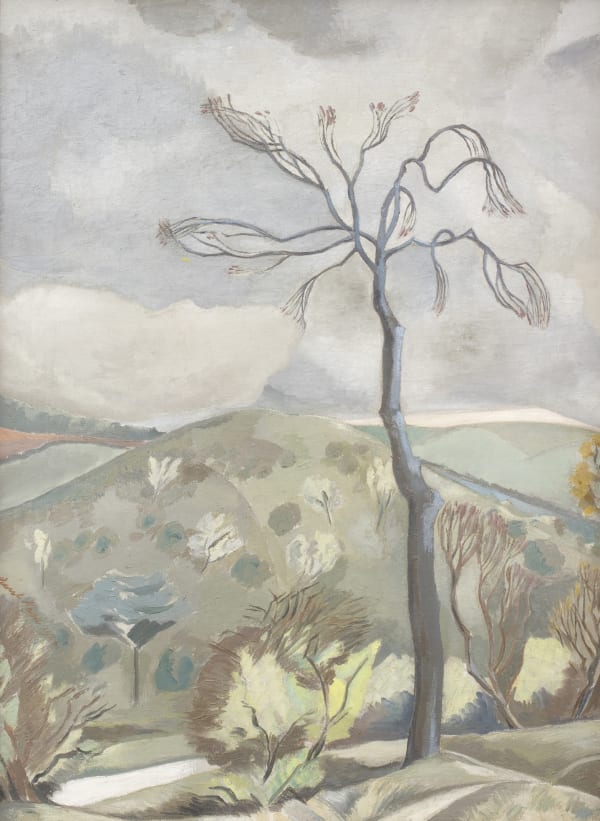

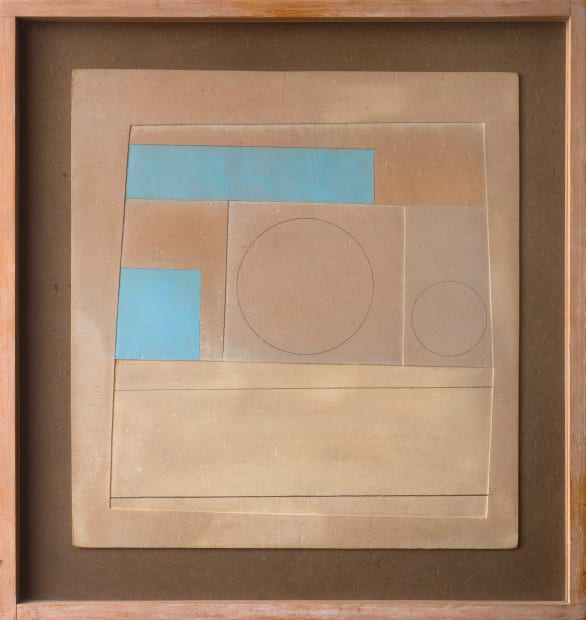
‘I have favourite places — Mycenae and Pisa, and Siena, for instance — and I feel that in a previous life I must have laid two or three of the stones in Siena Cathedral, or even perhaps one or two of those at Mycenae!’
Throughout his career the idea and experience of Greece resonated deeply for Nicholson and continued to find its way into his work. Although he did not visit Greece until spring 1959, he returned to the region on four occasions in the subsequent years.
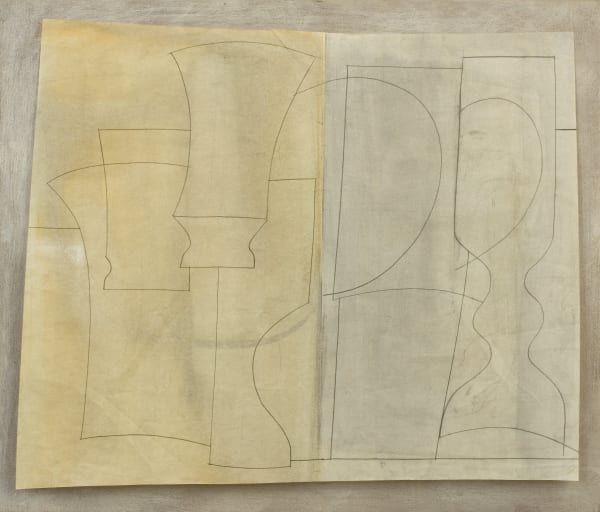
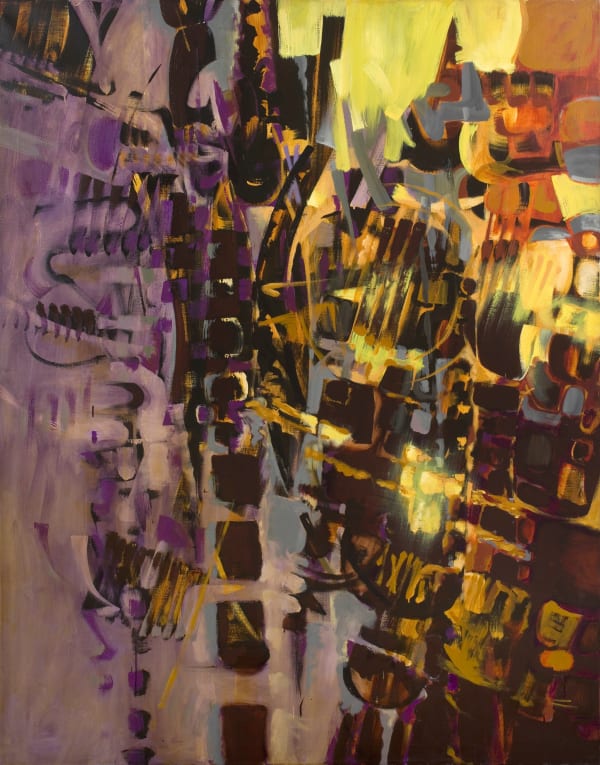
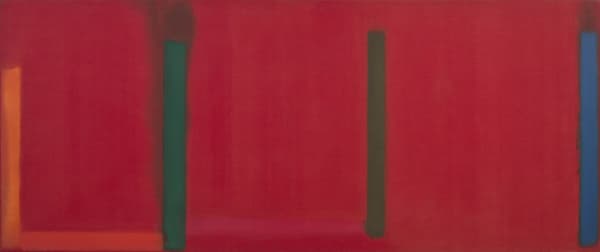
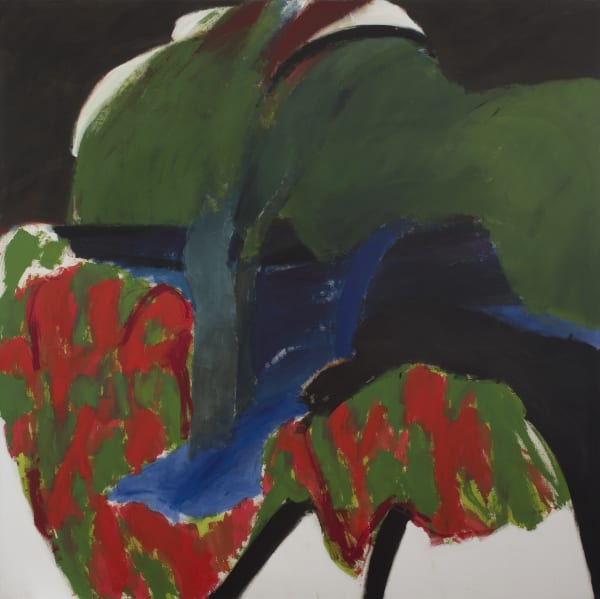

Craigie Aitchison was deeply fond of birds. He allowed uncaged canaries to fly about his home in Kennington and birds are a recurring subject in his work, occurring in still-life, landscape, portrait and crucifixion subjects alike. In this portrait, a green canary perches on a small branch, a complement to the portrait subject.
The sitter in this painting is Alan McNaught, who sat for Aitchison in various portraits between the 1960s and the 1980s. Aitchison would explain that, beside their black skin, other colours ‘jump’ forward.


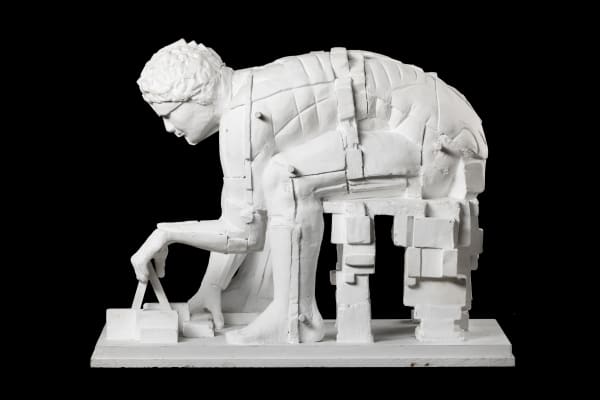

In the mid-nineteen-seventies, towards the end of her life, Lucie Rie began to develop more elaborate silhouettes in her pottery. She had previously specialised in short pots and footed bowls, both of a distinctive elementary design. Her introduction of a double curve into her vases was a decisive move away from these earlier, simpler pieces. This new feature came to typify her later work, the double curve indicating the new complexity she sought. Breaking with the founding convention of studio pottery, namely that a pot is spun on the wheel from a single piece of clay, this vase belongs to a small group of composite pots that Rie made in the nineteen-seventies. The conventionally bulb-like base of the vase is surmounted by a tall bulging neck – an elaborate outline which developed from Rie’s style of flared-lip vases. The two rounded parts of the vase were spun separately, only being joined later during firing.
* denotes required fields
We will process the personal data you have supplied to communicate with you in accordance with our Privacy Policy. You can unsubscribe or change your preferences at any time by clicking the link in our emails.
PIANO NOBILE | Robert Travers (Works of Art) Ltd
96 / 129 Portland Road | London | W11 4LW
+44 (0)20 7229 1099
Monday - Friday 10am - 6pm | Saturday 11am - 4pm
Closed public holidays
![]() Instagram
Instagram ![]() Join the mailing list
Join the mailing list
This website uses cookies
This site uses cookies to help make it more useful to you. Please contact us to find out more about our Cookie Policy.